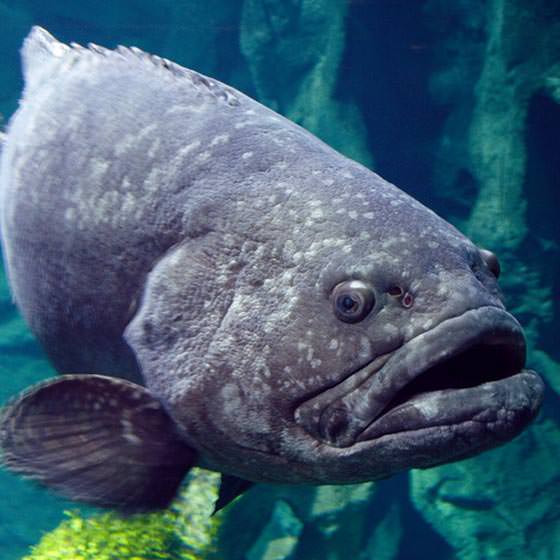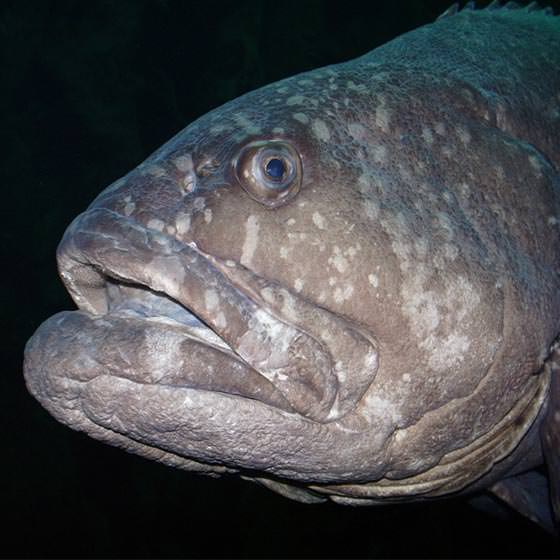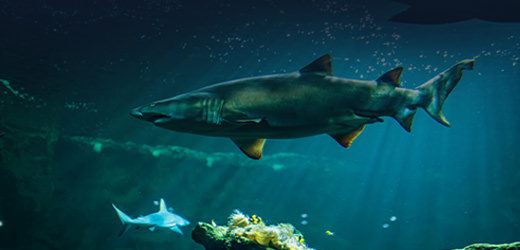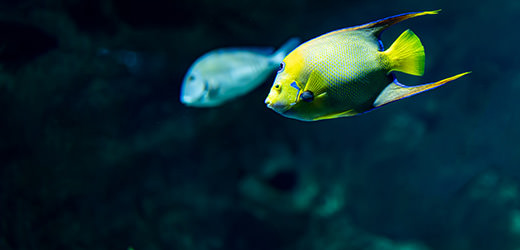Biology
This species is worthy of its name, with a maximum reported size of 2.50 m in length and weight of 400 kg. Although the adult’s scales are generally dark, the juveniles are marbled with yellow and black.
They are curious fish, easy to approach, making them ideal prey for underwater hunters. However, in some geographic areas, their flesh may be toxic, because they can accumulate the toxin responsible for ciguatera.
The species is hermaphroditic, meaning each individual fish can change sexes over the course of its life, according to reproductive needs.




